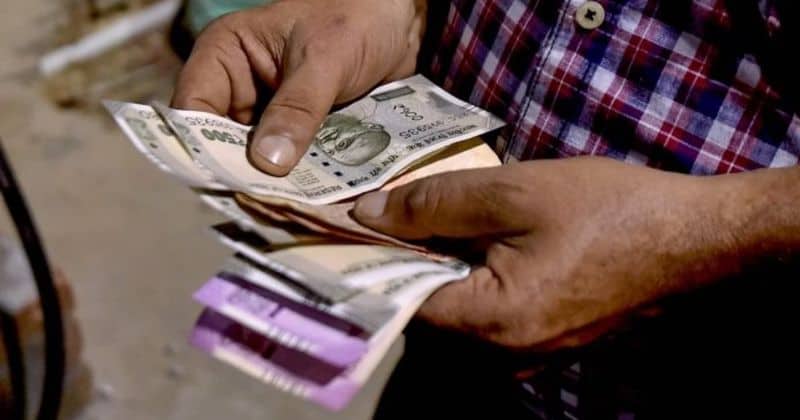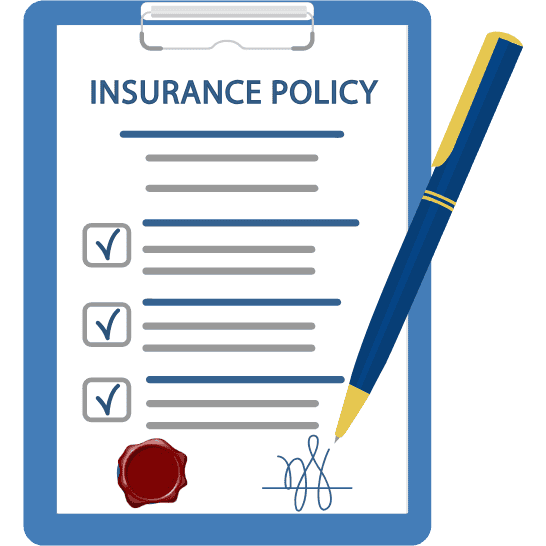How To Negotiate Credit Card Debt Settlement Yourself?

When you find yourself overwhelmed by credit card debt, you might think there’s no way out. The constant calls from creditors, mounting interest, and feelings of financial insecurity can be daunting. However, one option to explore is negotiating a credit card debt settlement. By negotiating directly with your credit card companies, you can reduce your debt to a manageable level, potentially saving thousands of rupees. While the process may seem complex, with the right approach, you can resolve your debt effectively without needing professional help. Credit card debt settlement is a process where you negotiate with your creditor to pay off a portion of the outstanding balance instead of the full amount. Typically, creditors will settle for a reduced payment if they believe it is the best option for them to recover at least some of their funds. This settlement is often much less than what you owe, and the rest of the debt is forgiven. Debt settlement can be a great solution if you're struggling with overwhelming credit card bills and can’t keep up with monthly payments. However, it’s important to note that debt settlement can have long-term effects on your credit score, and it should be used cautiously. Before reaching out to your creditors, take a close look at your financial situation. This includes evaluating your income, expenses, and the total amount of debt you owe. Prepare a clear understanding of how much you can realistically afford to pay in a lump sum or over a set period. This will be the foundation of your negotiations. Gather a list of all your credit card balances, interest rates, and due dates. Identify which creditors are the most urgent or pressing and prioritize them accordingly. If you’re unsure about which debts to tackle first, consider focusing on the ones with the highest interest rates. Creditors are in the business of collecting money, and they want to recover as much of the outstanding debt as possible. However, if they believe you cannot pay your full debt, they may be willing to negotiate. Understanding their motivation will help you approach them more effectively. Creditors will be more inclined to settle if they believe you may default entirely. They may be willing to accept less money if it means they will avoid further loss. If your account has already been delinquent or is nearing default, the creditor may be more willing to negotiate. Reach out to your credit card company’s customer service department, specifically the department responsible for collections or debt settlement. It’s crucial to communicate openly and honestly about your situation. Explain that you are unable to pay the full balance and ask if they are willing to settle the debt for a reduced amount. When you start the negotiation process, keep in mind that the representative you speak with may not have the authority to approve a settlement. Be prepared to request to speak with a manager or a representative from the debt settlement or collections department, as they have more experience handling such matters. The most effective method for negotiating a credit card settlement is by offering a lump sum payment. Creditors are more likely to accept a one-time payment if it’s a substantial amount, even if it’s less than what you owe. Typically, this amount ranges from 30% to 70% of your outstanding balance, depending on your situation and the creditor's willingness to negotiate. Ensure that you have enough money saved to make this payment. If you don’t have the funds immediately available, consider borrowing from family, liquidating assets, or exploring a personal loan to secure the lump sum. It’s important to emphasize that you’re offering the lump sum in exchange for a full settlement of the debt. The creditor may counter with a higher offer, so be prepared to negotiate. Stick to the maximum amount you can afford, as it’s essential not to overextend yourself financially. If you are unable to pay a lump sum, you can try negotiating for a more manageable payment plan. Some creditors may agree to settle for a series of payments, especially if you can show that your financial hardship is temporary. If this option is available, ensure the payment plan is realistic and that you can meet the terms without incurring further financial strain. This option can still significantly reduce your total debt, and creditors may be more willing to agree to a payment plan than to accept nothing at all. Be honest about your ability to make these payments, and always ensure you can stick to the plan. Once you and the creditor agree on a settlement amount, make sure you get the agreement in writing. This is essential to avoid misunderstandings or changes in the terms after you’ve made the payment. The written agreement should include the settlement amount, the terms of payment, and a statement that the creditor considers the debt paid in full after the settlement. Ensure that the agreement includes a clause stating that the remaining balance will be forgiven. Without this, the creditor may come back and claim that you still owe the rest of the debt, leading to unnecessary complications. After settling the debt, keep thorough records of all correspondence with your creditors, including emails, letters, and payment receipts. This documentation will be helpful if any future issues arise or if the creditor claims that the debt has not been settled. It’s also important to review your credit report after the settlement process. Although debt settlement can negatively impact your credit score, you should ensure that the account is reported as settled or “paid in full” and that any further claims are not made against you. While negotiating credit card debt settlement can be done independently, it can be a complex process. If you find yourself struggling, it may be beneficial to seek professional help. Companies like RupeeRelief offer services to help people navigate debt settlement. They provide professional guidance and support to ensure that settlements are negotiated successfully and that your financial recovery is as smooth as possible. RupeeRelief understands the intricacies of negotiating with creditors and can help you make informed decisions about your settlement options. They can also advise on how to approach difficult creditors or handle situations that require legal expertise. After you’ve successfully negotiated a settlement, it’s important to avoid falling back into the same cycle of debt. Create a budget, track your spending, and focus on rebuilding your credit. Keeping up with your payments and ensuring that you don’t take on more debt will put you on a path to financial stability. Negotiating credit card debt settlement is an effective way to regain control of your finances when dealing with overwhelming debt. By understanding your financial situation, being prepared to negotiate, and working with creditors to reach a reasonable agreement, you can reduce your debt and move toward a more secure financial future. Whether you choose to negotiate on your own or seek professional help from services like RupeeRelief, taking action now can make a big difference in your financial well-being.Understanding Credit Card Debt Settlement
Steps to Negotiate Credit Card Debt Settlement on Your Own
1. Assess Your Debt Situation
2. Understand What Creditors Want
3. Make Contact with Your Creditors
4. Offer a Lump Sum Payment
5. Request a Payment Plan (If a Lump Sum Isn’t Possible)
6. Get the Agreement in Writing
7. Keep Detailed Records
8. Consider Professional Help If Needed
9. Stay on Top of Your Finances Going Forward
Conclusion

